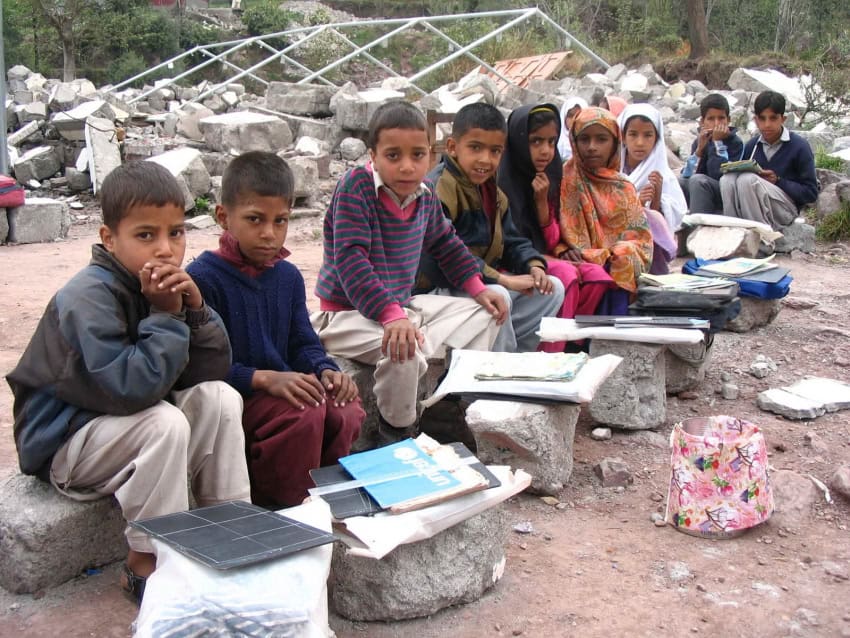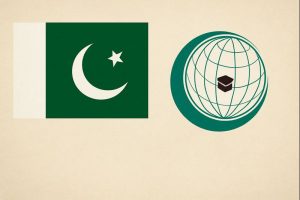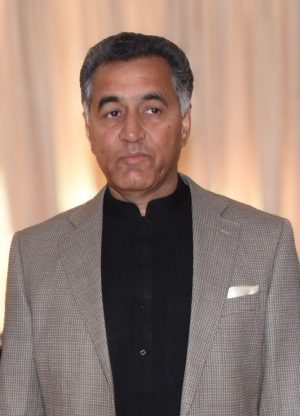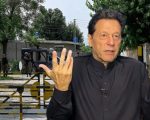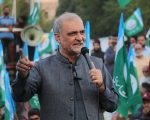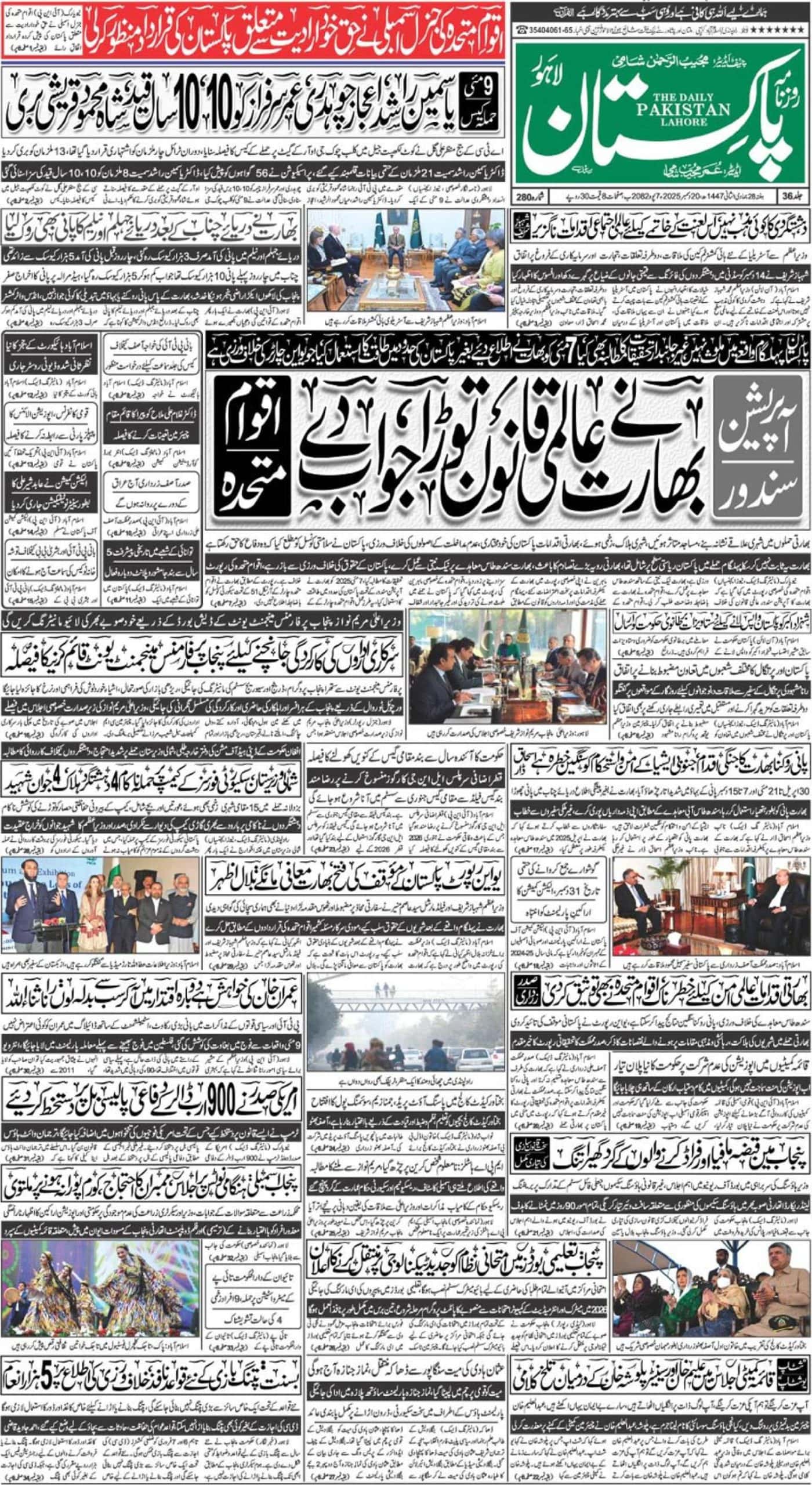Reality Check
The education emergency has gained more favour amongst the fanciful intellectual and well-connected articulate all-weather activists than within policy-makers as well as politicians. Yet, the hype created a feel-good impression. In a country devoid of monitoring and follow-up, a dollar spent on advocacy goes a long way to cover up the tracks.
From the UNESCO country representative to the district education officer, a smokescreen blanketing the facts on ground was not to be dealt with.
From primary schools to degree colleges, the resource crunch worsened the migraine of incompetence and dearth of motivation. Yet the media covered education in piecemeal and politics ever more incessantly.
The nation was told that education budget increases by a certain percentage each year but did any institution care to assess the impact? Fortunately, there happens to be one, which has been attempting to do so since 2013.
State of our education system
Legislation followed by implementation can only change the prevailing undesirable state of education. Three kinds of schooling systems exist here: public, private and madrassa where curriculum, methodology, infrastructure and theme, all are distinct.
Private schools are run like businesses, where money is everything, which only a few can afford. Conversely, public schools’ conditions are miserable to the extent that even buildings are improper as they are susceptible to fragility and are neither purpose-built.
Teachers in public schools are thought to be super-humans who can perform all the duties from conducting elections to census.
Furthermore, teachers are untrained and rely on bookish knowledge for often neither they understand the concept nor their methodology is perfect. Advanced technology is not available in government-run schools, which force the teachers to follow the dogmatic approach.

Ghost public schools and teachers extensively exist in Pakistan.
Alif Ailaan’s most recent report titled ‘Pakistan District Education Rankings 2017’ emits an affirmative message of commitment and faith. The study assesses the interest and commitment of our government towards education. The picture is rather gloomy.
Evaluated on a scale of zero to 100, the statistics factors in four key aspects: Retention from primary to middle and middle to high schools, learning score, gender parity and infrastructure.
Accumulative data analysis shows Azad Jammu and Kashmir outperforming all the provinces/regions in education score percentage of 72.95%. Islamabad stood at 70.43% and the Punjab at 70.01 per cent, whereas Gilgit Baltistan stand at on the fourth place 63.18%. Khyber Pakhtunkhwa ranked fifth with 57.69% and Balochistan at sixth positions with 54.16%. Sindh, FATA and Balochistan rest at the bottom.

District Haripur topped the ranking nationwide while affluent Faisalabad ceded second highest performing district. Bagh stood out as the fifth district in overall performance. Karachi West lurked at fourteenth spot while Quetta topped in Balochistan province but graded 48th across Pakistan.
Beyond primary readiness score – a parameter added in the report this year – clearly found district Hunza the best. Top 10 districts include five from Gilgit Baltistan, Islamabad and four from the Punjab. Sindh’s highest ranked district, Karachi Central, earned 16th slot. Amongst 10 least scoring districts include six from Balochistan, three from Sindh and one from Gilgit Baltistan.
Retention score instantiating middle school enrolment compared with the percentage of attendance in primary and high school illustrates that Islamabad region led the chart with retention rate of 55.54%, followed by Punjab’s 49.83%, Gilgit Baltistan 45.29%, and Azad Kashmir 44.14%. FATA observed the highest dropout rate with retaining rate of mere 29.65 %. Sindh and Balochistan also performed poorly.
Learning score’s key indicators are percentage score in Urdu for class 3, percentage score for English in class 3, percentage score in Urdu for class 8 and percentage score for English in class 8. AJK, Islamabad and Punjab scored above than 70 % in provincial education scores table. Conversely, the scores of FATA, Sindh and Balochistan are less than 55 %.

The infrastructure score which shows the availability of toiletry hygiene, electricity, water, boundary walls and building conditions in schools demonstrated outstanding performance of KP in Primary schools. Gujrat, Punjab’s only district, is included in top ten ranking, the remaining nine being from the KPK. However, Punjab stayed on top of the list in middle schools infrastructure category trailed by Khyber Pakhtunkhwa. Schools in FATA, Sindh, Balochistan and AJK have least developed infrastructure for both primary schools and middle schools.
Too late to salvage?
The exhaustive study not only depicts prevailing conditions in our education sector but also the performance of the government of Pakistan. From deradicalization to poverty alleviation, education holds the key to all the challenges. Nothing can be more unforgivable than ignoring an already underperforming, archaic education system.
The trumpeters of education emergency in Pakistan could have commissioned such a study with state funds acted on its finding. The crises are largely due to indifference of our political elite as it falls way low in their electoral agenda.
Prevalence of extremism in FATA and Balochistan and poverty in Sindh and Balochistan can be well understood in the light of Alif Ailaan’s year survey. While it’s a reminder to conduct much-delayed introspection at the political and bureaucratic level, it’s time to officially categorize districts as per their education sector ranking or deficit.
Curriculum’s effectiveness and quality must be the epicenter of the standard of education. In Pakistan, little effort is consumed in curriculum design. Political parties have given more lip service to curricula for attacking one historical interpretation or tacitly promoting their respective contributions in the country’s chequred polity and governance.
If the public sector schools won’t meet basic education standards, the gap with private schools is bound to widen but at the cost of the family’s standard of living and to the detriment of the state image. From school infrastructure to syllabi, every aspect of public sector education leaves a lot to be desired.
Motivating parents to enroll their children to schools must be the foundation of any educational policy. One the a few things the report may add in its future editions is assessment of the measures taken to convince the parents to send their kids to school, methodology and impact of the measures.
Being the most imperative part of education sector, teacher’s performance index must also be included in any attempt to assess the standard of education. The report must have included the teacher-student ratio, hiring procedure of builders of the nation, training before and during their service, and their performance.
About 22.6 million children are deprived of basic education despite the fact that an enrollment increase of only 2.5 million is recorded countrywide this year.
Article 25-A of the Constitution binds the state to ensure provision of free education to children between five to 16 years, and after the 18th amendment, the responsibility shifted to the provinces. Regrettably, half-hearted steps have been taken by the government as of yet which can’t help ensure the province meeting the goal.
In 2016, only 2% of GDP was allocated to education, which was raised to 3.02% for fiscal year 2017-2018. Leadership in our country exhausts all its finances, efforts and energies on short-term prominent projects like metro buses, Orange Line train and bridges. Accusing the government would not be fair without mentioning the people’s priorities.
Besides civil society pro-activism like Alif Ailaan, parents also need to come forward for the future of their next generation. They are the most important stakeholders. Efficient parent-teacher associations need to be activated besides setting up pressure groups and monitoring committees on public and private sector educational institutions alike.
Without media, civil society and parents joining hands for public sector resource allocation for schools, and quality service delivery by both government and private schools, the down-the-hill slide can’t be halted.

